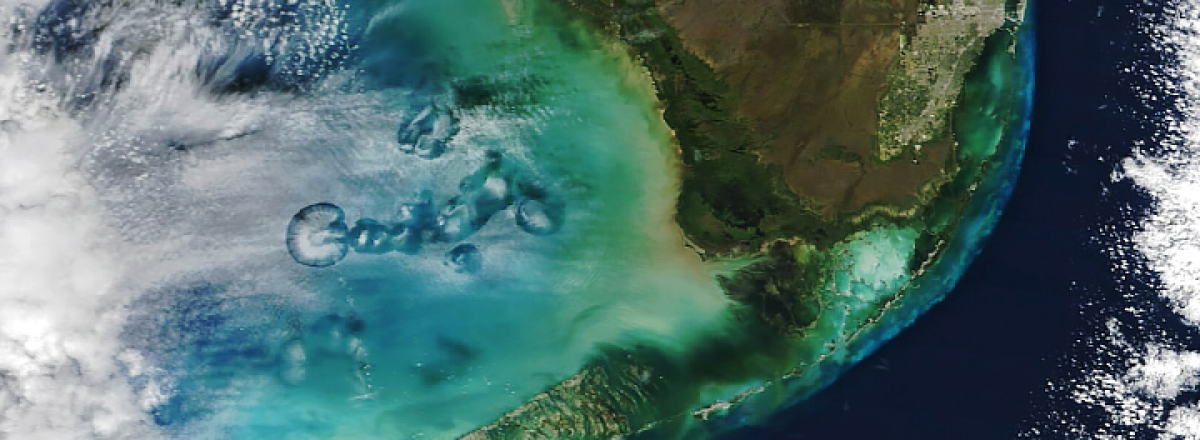NASA Satellite Captures Unusual Hole-Punch Clouds Off Florida's Coast
While these cavum clouds may occasionally appear ominous or even otherworldly, especially when viewed from certain angles, they are a natural occurrence resulting from human activity.

NASA's Terra satellite recently captured images of peculiar circular cloud formations known as "cavum clouds" off the west coast of Florida, challenging conventional understanding of cloud dynamics. These rare atmospheric phenomena, resembling giant rings or the aftermath of a hole punch on the sky, have intrigued scientists and the public alike, with their artificial appearance sparking wild theories, including UFOs, since first documented in the 1940s.
However, these formations, officially cataloged as cavums by the World Meteorological Organization only a few years ago, have a mundane yet fascinating origin: commercial airplanes. The clouds form in mid-level altocumulus clouds consisting of supercooled water droplets that have not yet formed ice particles. As airplanes pass through these clouds at a shallow angle, they trigger a crystallization process, reducing particle density and creating the visible gaps in the cloud cover.
This process has been confirmed through recent research, overturning previous beliefs that aircraft emissions were necessary for crystallization. Instead, intense turbulent flows caused by passing aircraft initiate the freezing of supercooled droplets without any particulate matter. The specific conditions near Florida's coast, including frequent flights from Miami International Airport and favorable temperature conditions, contribute to the formation of these cloud cavities.

